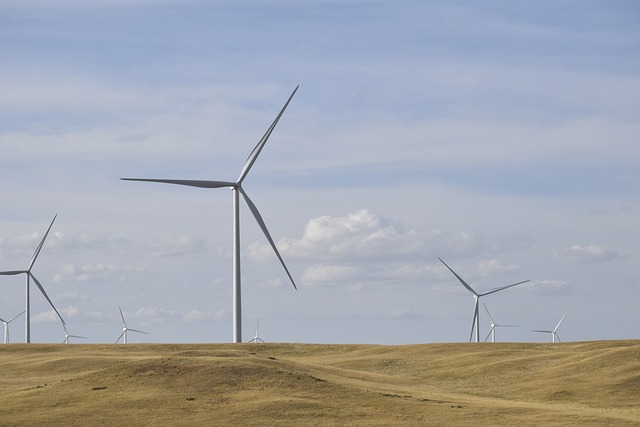Empowering Rural Communities: The Role of Green Energy in Sustainable Transport Innovation
In the heart of our countryside, vibrant communities thrive, rich in culture and steeped in tradition. However, these rural areas often face unique challenges when it comes to transport and accessibility. Traditional fossil-fuel-based transportation systems not only pose environmental risks but also limit the potential for growth and development in these regions. By embracing green energy production, we can forge a new path toward sustainable transport, empowering rural residents and fostering innovation.
Transport Sustainability in Rural Areas
When we talk about transport sustainability, it’s not just about reducing carbon emissions or transitioning away from fossil fuels — it’s about creating a holistic ecosystem that supports rural communities. The integration of green energy in transport systems can lead to cleaner, more efficient ways of moving goods and people, allowing rural residents to connect more easily with urban centers, markets, and essential services.
Imagine solar-powered electric buses zipping through picturesque landscapes, making scheduled stops in small towns where public transport options were once scarce. Or consider the prospect of electric cargo bikes delivering fresh produce to local markets while reducing the carbon footprint. This is where green energy production becomes pivotal, providing the necessary infrastructure to support these innovative transport solutions.
The Role of Green Energy Production
Green energy production stands as a beacon of hope for rural communities seeking sustainable transport solutions. By harnessing renewable resources such as solar, wind, and bioenergy, these areas can develop self-sustaining transport networks that not only decrease dependence on fossil fuels but also energize local economies.
For instance, local farms can implement solar panels to power electric vehicle charging stations, creating a seamless link between energy and transport. Not only does this reduce energy costs, but it also opens up new revenue streams for farmers who can lease land for solar farms or engage in energy production. Coupled with electric cars and bikes, this model promotes a greener environment while providing mobility solutions that encourage rural development.
Rural Development through Sustainable Innovation
As we move towards a greener future, the link between green energy and rural development cannot be overstated. Community-led projects focusing on sustainable transport powered by renewable energy can create jobs, stimulate local economies, and even attract tourism. Travelers will be drawn to the immersive experience of exploring rural landscapes without the noise and pollution of traditional combustion engines.
Moreover, as more rural areas adopt green energy production for transport initiatives, it breeds a culture of innovation. Local entrepreneurs can emerge, developing new technologies and services tailored to the needs of their communities. This dynamic not only fosters pride among residents but instills a sense of ownership and responsibility towards the environment.
Furthermore, education plays a pivotal role in nurturing this innovation. By incorporating green energy principles into school curriculums and community workshops, we can cultivate a generation that understands the importance of sustainability and is equipped to tackle the future’s challenges. This grassroots approach ensures that the community’s voice is heard, and solutions are closely aligned with their needs.
In embracing the potential of green energy in sustainable transport, we are not merely investing in technology; we are investing in people, local economies, and the environment. The path to a sustainable future is paved with opportunities for rural communities to harness their resources, innovate, and grow while preserving the beauty and integrity of the landscapes they call home.




